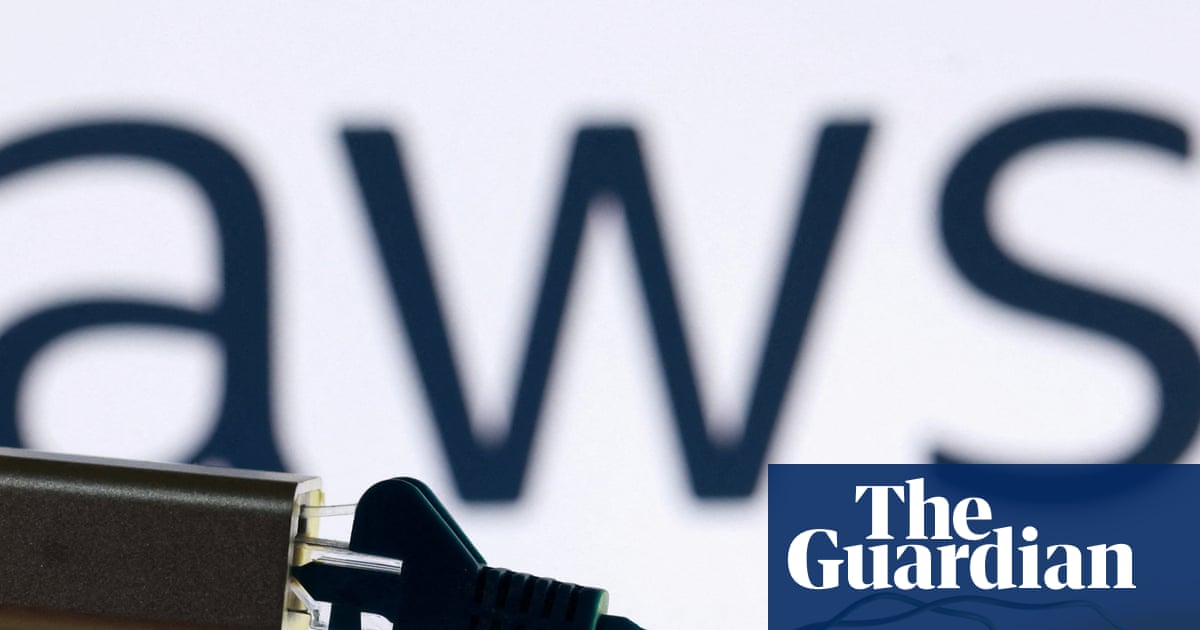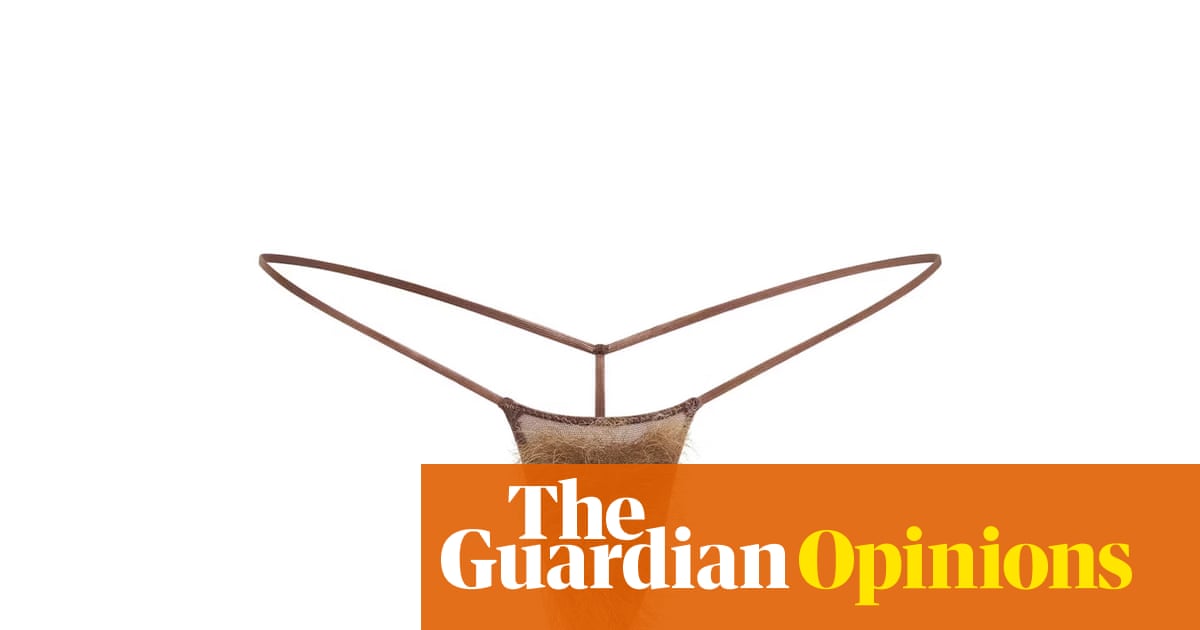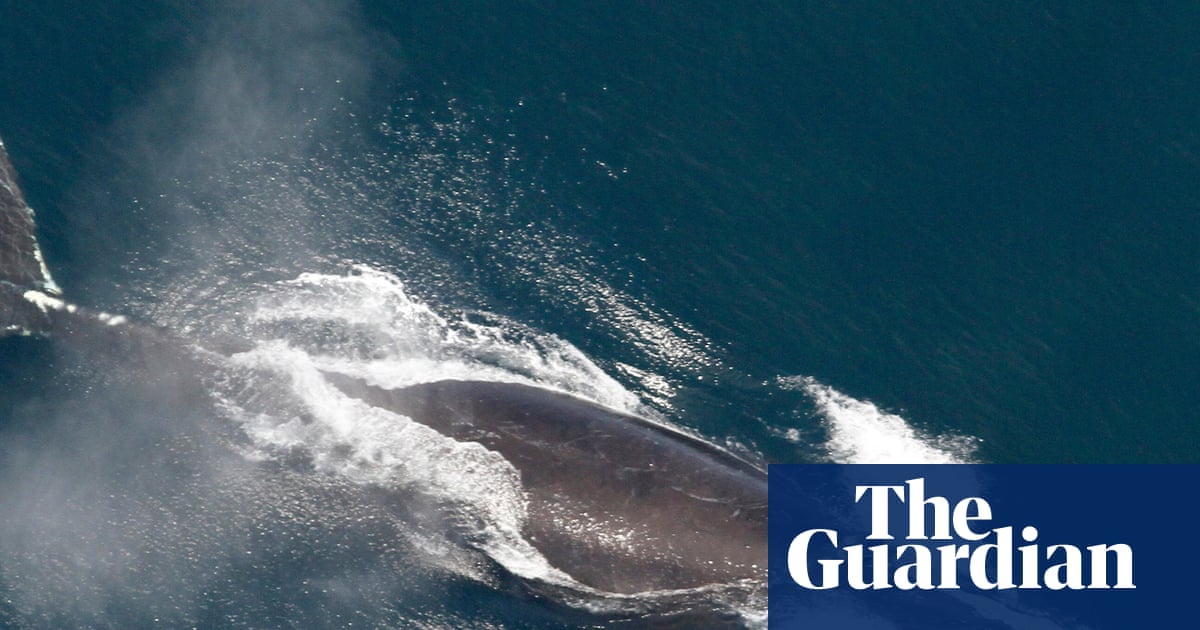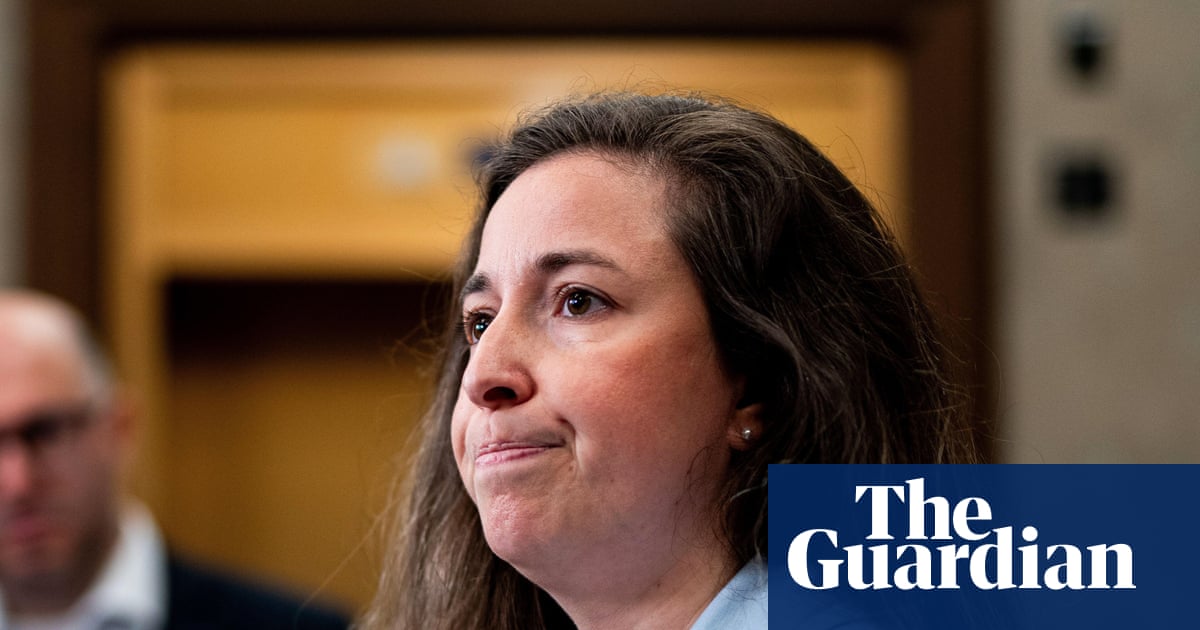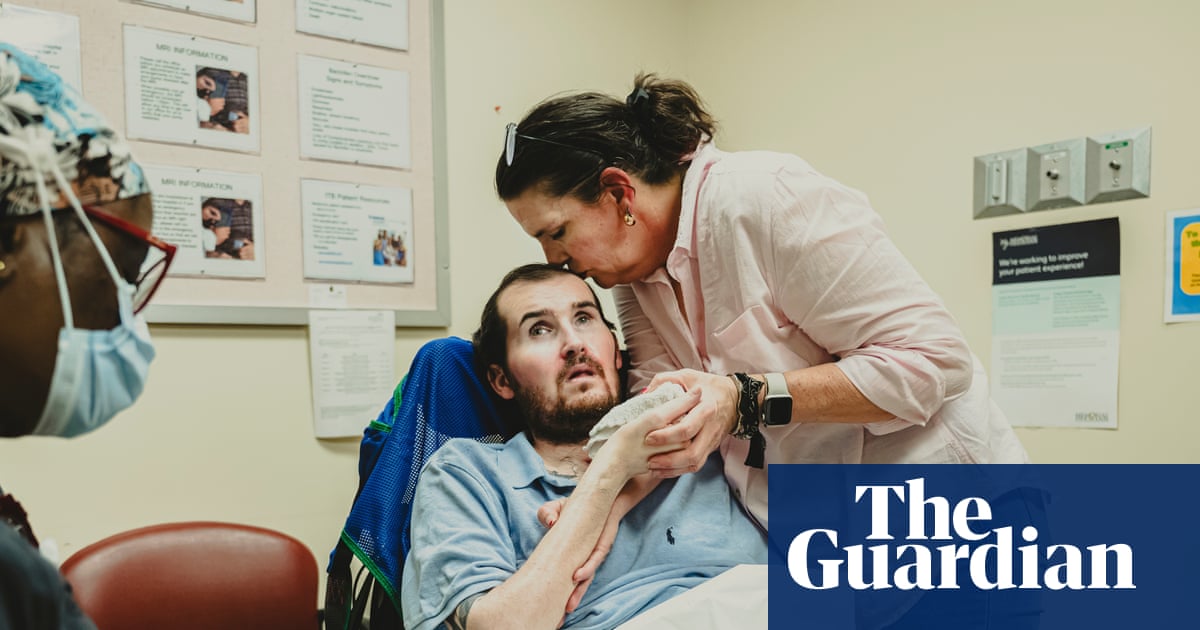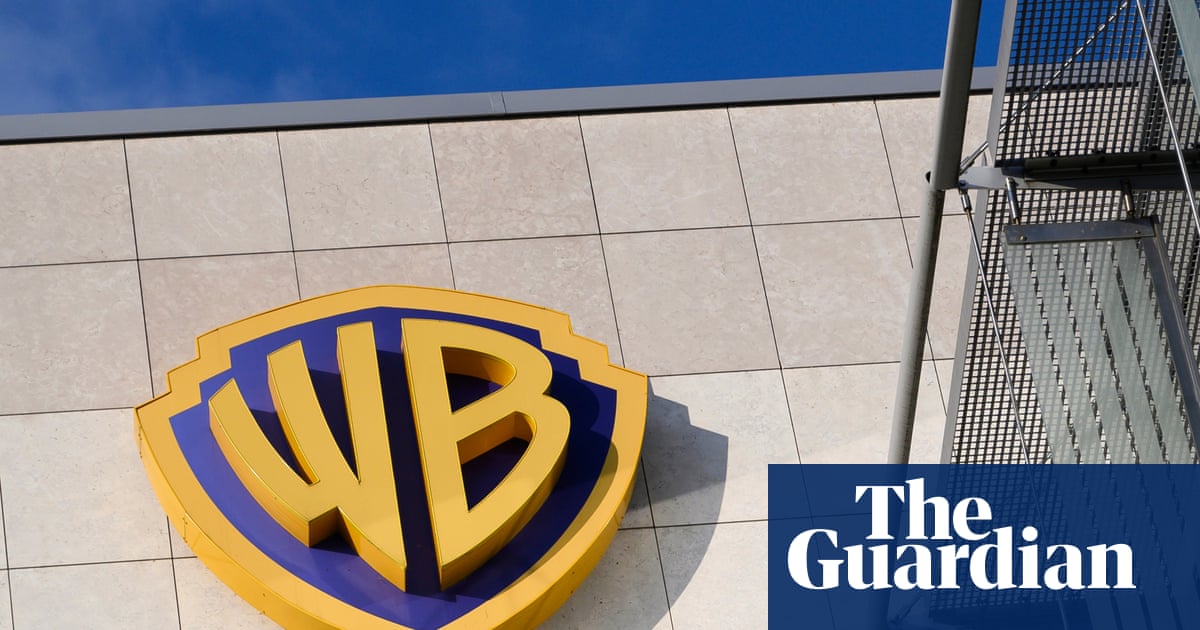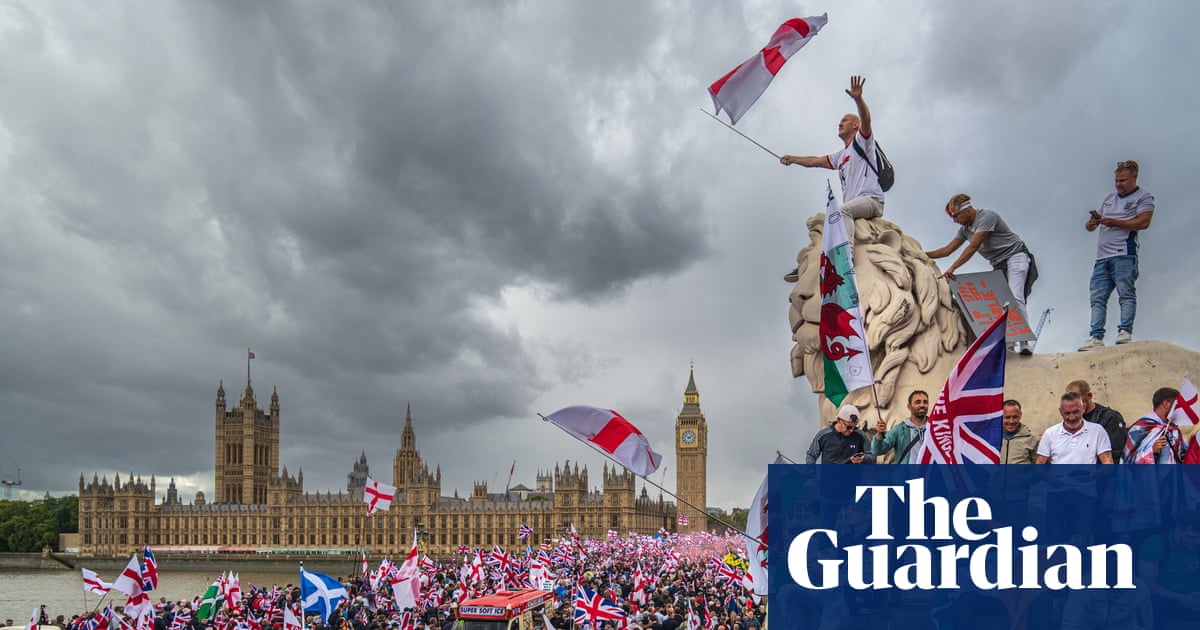Every islander on Orkney is expected to benefit from a major windfarm being built by the local council after it won £62m in financing from the UK’s national wealth fund.
All the profits from the project to build up to 18 turbines across three islands on Orkney will be spent on local services, council officials said, in what is expected to become the UK’s largest publicly owned windfarm.
Construction of the first phase, to erect six 150 metre-high turbines near the island’s main town of Kirkwall, is due to begin in 2027 after Rachel Reeves, the chancellor, confirmed on Tuesday that the national wealth fund would underwrite its construction costs.
The turbines, which will generate enough electricity to power about 47,000 homes, are expected to bring in about £3.3m annually to support council spending from 2028 onward, raising approximately £120m over the project’s lifetime.
Its supporters said that guaranteeing all the profits were kept on Orkney, to fund local services, had made a critical difference in winning public support.
Community leaders across the Highlands and other islands have been highly critical of the rapid development of large wind power projects and schemes to erect hundreds of miles of new pylons, in part because the profits flow to private companies and investors.
Orkney is also seen as culturally attuned to renewables. The islands are home to one of the world’s leading wave and tidal power research centres, have among the highest levels of electric vehicle ownership in the UK, and feature six smaller community-owned windfarms. In addition, about 10% of homes have their own turbines.
Heather Woodbridge, the council’s leader, and Sweyn Johnston, Orkney’s head of enterprise and economic growth, said public ownership meant their scheme was “much more palatable and understandable” for residents.
“This is a different model to other rural areas, where perhaps you see big business coming in and identifying the natural asset that we have right here, and that profit is going elsewhere,” Woodbridge said.
“Ultimately we’re living, seeing and working near this slightly more industrialised landscape, but to know that money is going to fund the school your child is going to, or the social care for a neighbour or a relative [makes it] much more palatable to local communities.”
“It’s a really powerful message,” Johnston said. “It’s kind of socialising all of that benefit so that it will be used for the people of Orkney in a fair and transparent manner. Local authority ownership is a much fairer thing that really benefits everybody.”
after newsletter promotion
As well as income for the council, £144,000 a year will be split between Orkney’s community councils, with 60% going to the two closest to the scheme at Quanterness and the remainder shared among the rest.
The council also hopes to erect six more turbines on Hoy, a large island just south of Orkney’s main island, and six on Faray, an uninhabited island recently bought by the council, over the next few years.
Each scheme is due to be 30MW in size but the Hoy project has been delayed because of a steep surge in the cost of laying an undersea cable to mainland Orkney, which the council has to pay for.
Johnston said the global race to install renewables had greatly pushed up costs and led to shortages of essential equipment and materials, including specialist cable-laying boats.
Zoë Holliday, the chief executive of Community Energy Scotland, said the case for community ownership and wealth-building had come into sharp focus in the debate about the transition away from oil and gas.
Community- and publicly-owned schemes returned far more to local communities than the £5,000 per MW of capacity typically offered by private projects, Holliday said. Islanders on Harris are hoping to build a 43MW scheme that will be communally owned, she said.
“There’s real political will at both Scottish and UK level to support community energy,” she said. “We could be transforming our communities if we just gave them a stake in this system.”

 3 hours ago
6
3 hours ago
6

